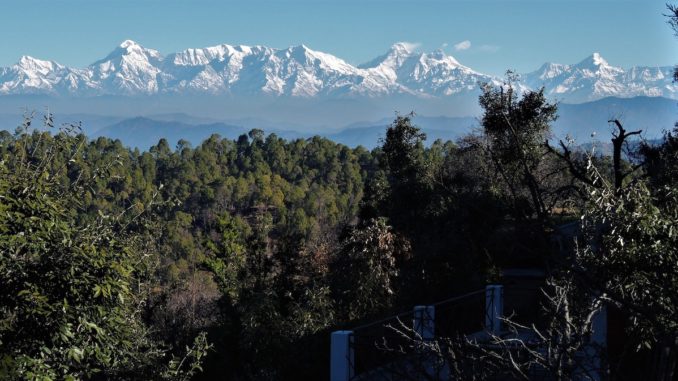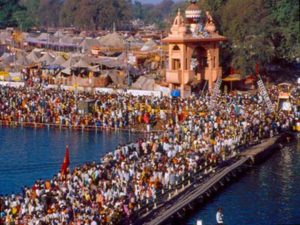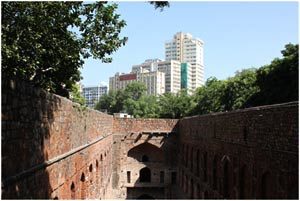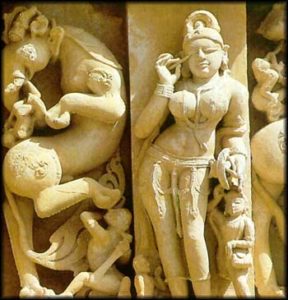
 India rewards the traveller with her spectacular landscapes, monumental architecture, timeless history, cultural kaleidoscope and romance and mysticism.
India rewards the traveller with her spectacular landscapes, monumental architecture, timeless history, cultural kaleidoscope and romance and mysticism.
On August 15, 1947 India attained independence. It adopted a parliamentary system of government with a union of states, declaring itself a Sovereign Democratic Republic on 26th January 1950. Adult suffrage is universal. The country has been divided into 29 States and 7 Union Territories. The States have considerable autonomy while the Union Territories are governed by the President through appointed administrators. At the village level there is a system of Panchayati Raj, or a pattern of self-government that oversees the planning and execution of projects in district, block and village levels.
Secular India is home to Hinduism, Islam, Christianity, Buddhism, Jainism, Sikhism and several other religious traditions. Hinduism, the dominant faith, is practiced by over 80% of the population. Besides Hindus, Muslims are the most prominent religious group and after Indonesia and Pakistan, India has the largest population of Muslims in any country.
Seventy percent of the population lives in rural India with agriculture and agro-based small industry providing the major occupation. A wide variety of crops and vegetables are grown that has made it a surplus food producing country. Animal husbandry, dairy, poultry and the fishery industry are also well developed.
 India has become one of the top five industrialised nations of the world, producing every conceivable industrial item as well as consumer goods. With large industrial cities and urban centres developing, a new middle class and a new working class have emerged where the social and cultural order is distinctly pluralistic.
India has become one of the top five industrialised nations of the world, producing every conceivable industrial item as well as consumer goods. With large industrial cities and urban centres developing, a new middle class and a new working class have emerged where the social and cultural order is distinctly pluralistic.
A free and vibrant press, a judiciary which can and does overrule the government and a zealous intelligentsia are hallmarks that distinguish India.
India, with its well-diversified economy, initiated a process of liberalisation through a restructuring process, which has created a new spirit of economic freedom with faster growth rates. The series of ambitious economic reforms aimed at deregulating the country and stimulating foreign investment was rooted in a political consensus that spans her diverse political parties. India’s stable and committed democracy has no fundamental conflict between its political and economic systems. Its political institutions have fostered an open society with a balance of collective and individual rights and an environment supportive of free economic enterprise. India’s dynamic and highly competitive private sector has long determined the prevailing economic activity, accounting for over 75% of its Gross Domestic Product. India is one of the most exciting emerging markets in the world with skilled managerial and technical manpower that match the best available in the world.
 A free and vibrant press, a judiciary which can and does overrule the government, a sophisticated legal system, albeit accused of being exceedingly slow, and a zealous intelligentsia which actively participates in debating ideas and issues in open forums, are hallmarks that distinguish India.
A free and vibrant press, a judiciary which can and does overrule the government, a sophisticated legal system, albeit accused of being exceedingly slow, and a zealous intelligentsia which actively participates in debating ideas and issues in open forums, are hallmarks that distinguish India.
India rewards the traveller with her timeless landscapes, spectacular architecture, monumental history, cultural kaleidoscope and undeniable aura of romance and mysticism. India is a vast land of contrasts that blend, of harmony in variance. To explore India is to discover unending secrets to the mystery of life, to enjoy India is to celebrate the very fact of living.

Very descriptive and unique content. Come up with more and more such contents.